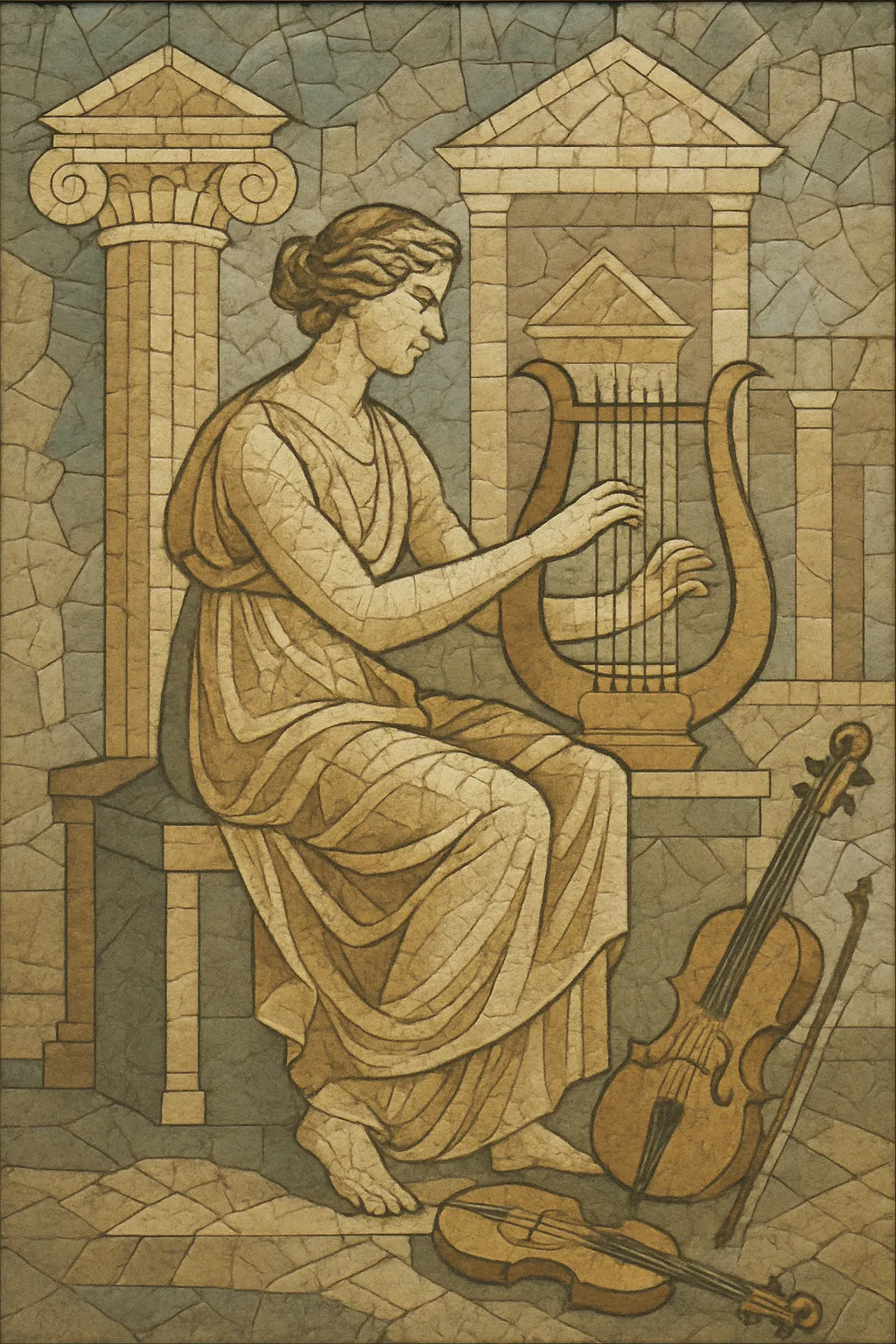Neoclassicism in music is a 20th‑century movement that revived forms, genres, and aesthetics from the Baroque and Classical eras, but reframed them with modern harmony, rhythm, and orchestration.
It emphasizes clarity, balance, objectivity, and contrapuntal craft, often rejecting late‑Romantic excess while retaining a tonal or modal center enriched by dissonance, bitonality, and crisp rhythmic drive.
Typical hallmarks include neobaroque dance suites, neoclassical sonatas and concerti, chamber‑oriented scoring, clean textures, and a dry, anti‑rhetorical performance style.
Neoclassicism arose in the aftermath of World War I as composers sought clarity, order, and a return to pre‑Romantic forms. Although rooted across Europe, Paris was a key hub, drawing figures like Igor Stravinsky and the French group Les Six (Poulenc, Milhaud, Honegger, among others). Pioneering works include Prokofiev’s Symphony No. 1 “Classical” (1917), Ravel’s Le Tombeau de Couperin (1914–17), and Stravinsky’s Pulcinella (1920) and Octet (1923), which reinterpreted 18th‑century idioms through modern harmony and rhythm.
The movement broadened through Hindemith’s Kammermusik series (1922–27), Respighi’s Ancient Airs and Dances (1917–31), and works by Poulenc and Milhaud that blended neoclassical form with jazz and popular influences. Traits solidified: lean textures, contrapuntal emphasis, diatonic or modal centers colored by dissonance, and a general anti‑romantic stance. Genres such as the concerto grosso, suite, sonata, symphony, and oratorio were revitalized with contemporary techniques.
Neoclassicism persisted alongside other modernist currents, including serialism and experimentalism. Stravinsky’s Symphony of Psalms (1930) epitomized a sacred, austere neoclassicism; later, he adopted serial procedures without abandoning formal clarity. The idiom traveled widely—e.g., Martinů’s concertante and chamber works and Villa‑Lobos’s Bachianas Brasileiras (1930s–40s) merged Baroque models with national idioms.
While post‑war avant‑garde trends overshadowed it in some circles, neoclassicism profoundly shaped 20th‑century craft—restoring counterpoint and classical form as living tools. Its clean, modular approach informed later post‑classical practices and cross‑genre hybrids, and its influence echoes in symphonic rock, neoclassical metal, and neo‑tonal concert music.


